
11 minute read
A Gardener’s Foray into Foraging
Climate change is forcing us to rethink what and how we eat—and five experienced foragers show how to expand our horizons.
STORY AND PHOTOS MICHELLE BRUHN
Have you experienced the thrill of discovering that a plant you’d thought was just a weed is actually edible? And, better yet, delicious? Foraging is exploding in popularity, and we’re not surprised—it’s intimately tied to our love of gardening.
Foraging is the act of gathering wild plants for food, medicine or crafting while walking through a landscape. The search awakens deeper awareness, especially in us plant people.
“Foraging gives us a chance to be in our bodies, moving through and physically experiencing nature,” says mycologist and professional forager Tim Clemens. “We start seeing the individual plants and the communities they form rather than an amorphous ‘green wall’ along park trails. As we learn more about individual plants, we appreciate them more and want to take better care of them and their environments,” he says.

The environment itself reveals some of its secrets when we notice relationships, says Twin Cities foraging educator Jaime Rockney.
“You might think you’re mushroom hunting, but usually you’re hunting for the trees that host the species of mushroom you’re looking for. Aspen and elm trees may produce morels in the spring while chanterelles are more often found around oak or pine trees in the summer.”

Plant protectors
While many professional foragers are seeing increased demand for their classes and online resources, government agencies are tightening rules around foraging on public land.
These restrictions may seem logical—more people harvesting more food could harm the plants, land and wildlife—but the opposite is unfolding. “The people who collect the plants are the people who protect the plants. We need more people foraging to protect more land and plants,” says writer and longtime Midwest forager Sam Thayer.
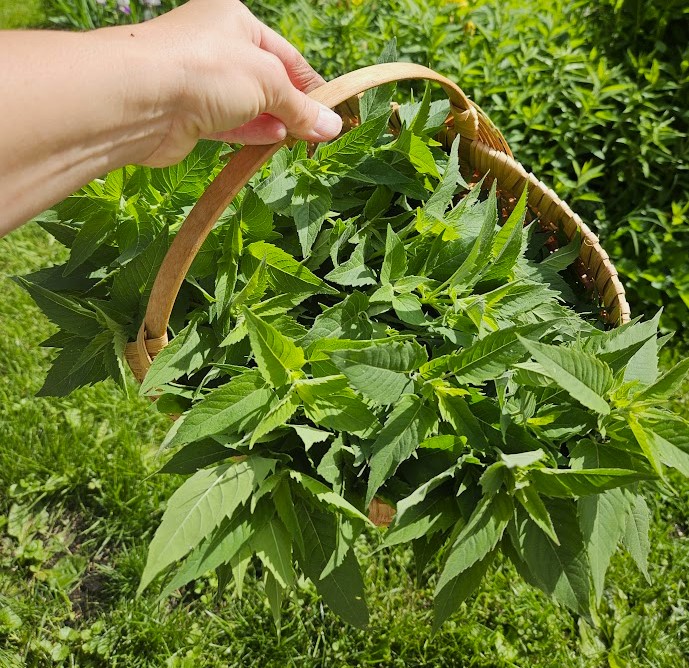
The foraging-protecting dynamic plays out in real time during invasive species (think buckthorn) removal events at local parks. Roughly half the volunteers who show up to these events are the same foragers who already have a relationship with the park land.
State DNR websites offer general rules and links to resources, and laws are mostly consistent for all state parks, forests and wildlife management areas, but it is best to check with local offices. In Minnesota, you can harvest edible fruits and mushrooms for personal use as long as you have the landowner’s permission. It is also important to verify that no toxic chemicals have been used on the land before harvesting.

Building relationships
The first foragers were indigenous people whose sustainability practices live on today, acccording to Minneapolis-based ethnobotanist Linda Black Elk.
“Indigenous foragers all over the world have always been in relationship with the land, shaping it. Our practices include spreading the ripe seeds of many plants, including echinacea, bee balm or even various onions, after harvesting,” Linda says.
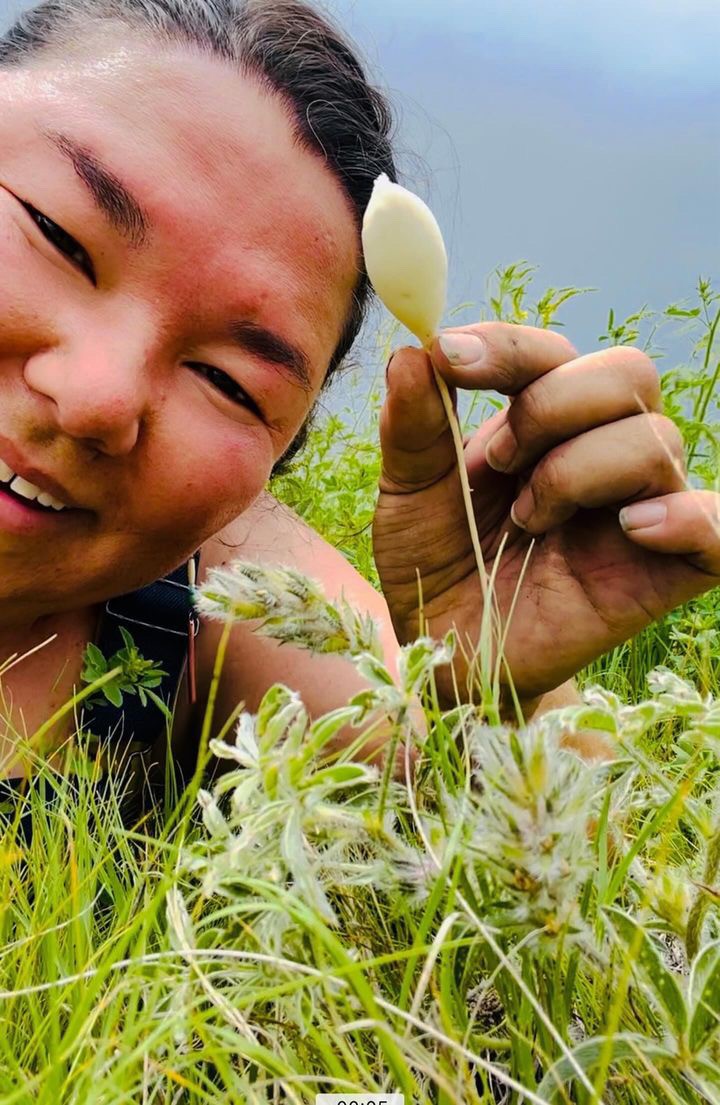
Indigenous seeds are so important that they have been protected and passed on, even in times of hardship. “As a way to save ancient lineages of seeds after Indigenous people were repeatedly displaced, women would secretly sew seeds into the hems of their skirts to carry them through forced removal,” Linda says. “This wise act saved many ancient seeds after fields and seed stores were destroyed by the military, and it is a testament that many of these seeds are being planted and enjoyed today.”
This is a reminder that humans are a part of the natural landscape and that, even in tough times, we can carry these relationships into the future.
Wild or tended
“Lines are blurring between garden and nature as we bring more native plants into our home gardens,” Sam says.
He reminds us that “the domestic plants we purchase to grow in our gardens have been bred from wild plants. Sometimes the only benefits these hybrids possess is their ability to last longer on a store shelf while losing much of their flavor, nutrient density and digestibility.”
Just like when harvesting from a garden, a big part of successful foraging is getting the timing right. All crops have a brief peak-harvest window. By frequenting and cultivating a relationship with a piece of land, you’ll catch the times when wild plants are in peak season.
As an avid vegetable gardener, I continue growing domesticated varieties while supplementing my harvests with foraged foods. Nothing beats picking a basketful of wild food and adding it to the day’s meal. It boils down to expanding our plant knowledge enough to learn the nuanced differences of more plants. As gardeners, we can better tend our own plants by finding their relatives in their natural settings.
As you keep learning, the whole plant world keeps unfurling in front of you. And then you realize your ancestors ate like this for centuries before grocery stores and were, in many ways, healthier.
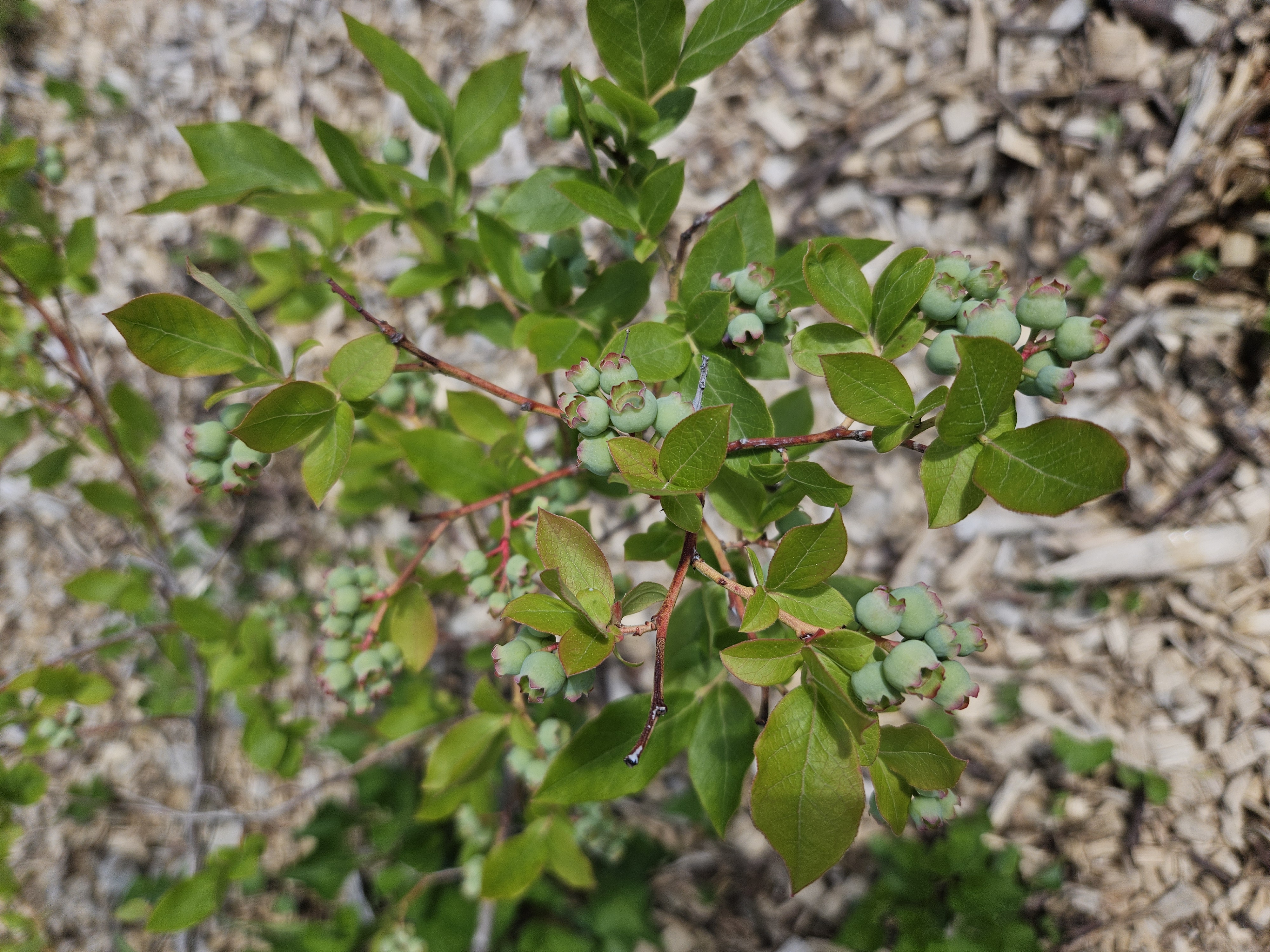
Getting started
Jaime says, “The thrill of the hunt is real… and addicting. Helping people find their first mushroom is such a rush and sometimes sets them on a new course.”
All of the foragers interviewed suggest starting in your own backyard or neighborhood parks. It is so empowering to realize there is food growing out your front door that you didn’t have to water or weed. “Start with one plant, get to know it well. Where does it thrive, what kinds of variations exist? There will be more variation than with cultivated plants because nature thrives on diversity,” Sam says.
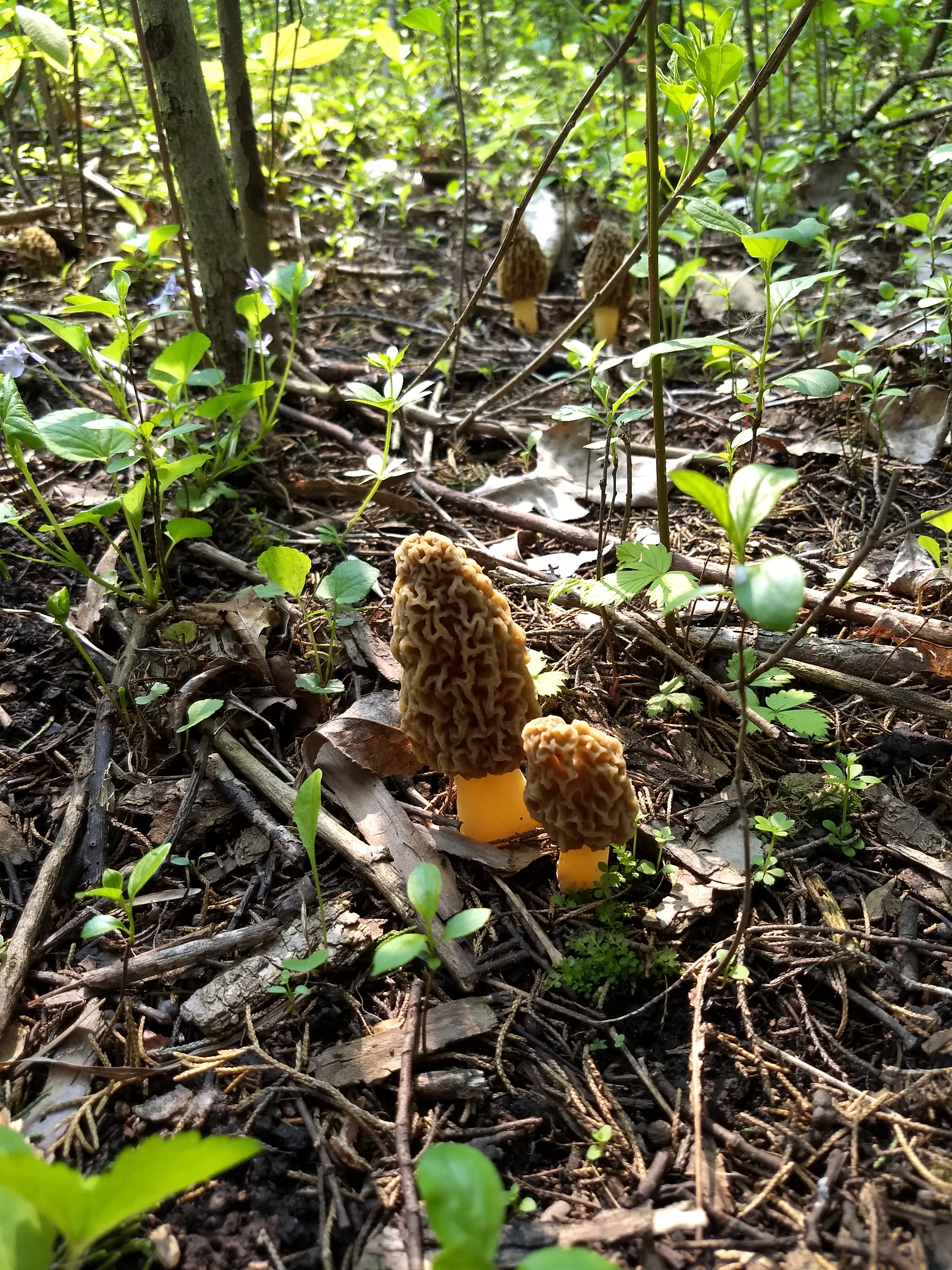
This diversity is one reason why guided forays or foraging walks are so popular. There’s nothing that compares to finding and identifying plants and mushrooms in person while being led by a professional. This is especially true when foraging mushrooms, known for their potential toxicity. Sam suggests the “banana test” when foraging for anything new. “You want to be as confident that a new food is what you think it is as you are confident of a banana being a banana.”
Tasting the wild side
“Finding and learning plants is easy compared to overcoming our ingrained food prejudices,” Sam says. “After about age 3, humans need to be exposed to new flavors multiple times before our bodies accept them as food.” Without multiple exposures, some wild foods may taste too bitter or just not good at all. “But once people get past that prejudice, a switch flips and a whole new world of food opens up to you,” he says.
Passionate about making wild foods delicious and accessible, James Beard Award-winning chef Alan Bergo suggests starting with “small amounts of cooked greens or even smaller amounts of raw greens or mushrooms if it’s your first time.” As a chef who works with foraged foods, Alan puts himself in the diner’s chair. “How we present foraged foods makes a huge impact on a person’s acceptance of the new flavors.” He suggests starting with easy-to-identify and palatable options like lambsquarters, nettles or berries.
Linda says, “I love sharing that sweet potato stems and leaves are every bit as delicious and nutritious as the tubers, and eating the whole plant reduces food waste.”
Expect a learning curve when cooking with these new foods, and maybe a little more time preparing them. “Remember that you got to just pick this food while on a walk, so the time is spent in preparing rather than tending the foods. The rewards will pay off for your taste buds, your health and the planet’s health,” Alan says.

Future of foraging
While general plant knowledge is currently at its lowest in generations, it is rising again. To positively impact current foraging legislation, Sam says “foragers should take the narrative into our own hands. Policymakers need to hear from an organized and unified group to have an impact on the future.” If you’re interested in joining a growing group of foragers commanding attention from local and state agencies, connect with Tim (info on next page) and ask about the Minnesota Foraging Alliance.
Luckily, our northern area is rich with biodiversity. Sam Thayer, internationally known forager, says, “Minnesota, and specifically the southeast driftless region, is home to some of the best and most diverse foraging in the country, if not the world.”
Once we open our eyes to the abundance of native food—nutritious, delicious, local, organic, habitat-forming food all around us—we see the garden never really ends. Our job is to tend what we can and gratefully enjoy nature’s abundance.
WHY WE’RE FALLING FOR FORAGING
+ Eat more local food
+ Conserve local plant populations
+ Remove invasive species
+ Spend time outdoors
+ Hike and exercise outdoors
+ Eat more nutrientdense foods

Fantastic Foragers
Alan Bergo (left) is a James Beard Award-winning chef, author, show host and forager who is passionate about making wild foods delicious and accessible.
@foragerchef
Jaime Rockney (middle) runs public and private mushroom and wild food foraging classes around the Twin Cities metro area.
@chick.of.the.woods
Tim Clemens (right) forages and teaches foraging classes around the Twin Cities. He’s a consulting mycologist for the MN Poison Control Agency.
@ironwoodforaging

Linda Black Elk (Makoce Ikikcupi) is an ethnobotanist, food sovereignty activist and Director of Education at North American Traditional Indigenous Foods Systems (NATIFS) in Minneapolis.
@linda.black.elk

Sam Thayer is the author of four critically acclaimed books, an internationally recognized authority on edible wild plants and has been foraging and homesteading in Wisconsin for decades.
TikTok: @wellfedwild
Recommended Reading
BY ALAN BERGO
The Forager Chef’s Book of Flora
BY SAMUEL THAYER
Sam Thayer’s Field Guide to Edible Wild Plants
The Forager’s Harvest: A Guide to Identifying, Harvesting, and Preparing Edible Wild Plants
Nature’s Garden
Incredible Wild Edibles: 36 plants that can change your life
Find these books at: northerngardener.org/bookshop
Purslane Tacos de Quelites
COURTESY OF THE FORAGER CHEF, ALAN BERGO
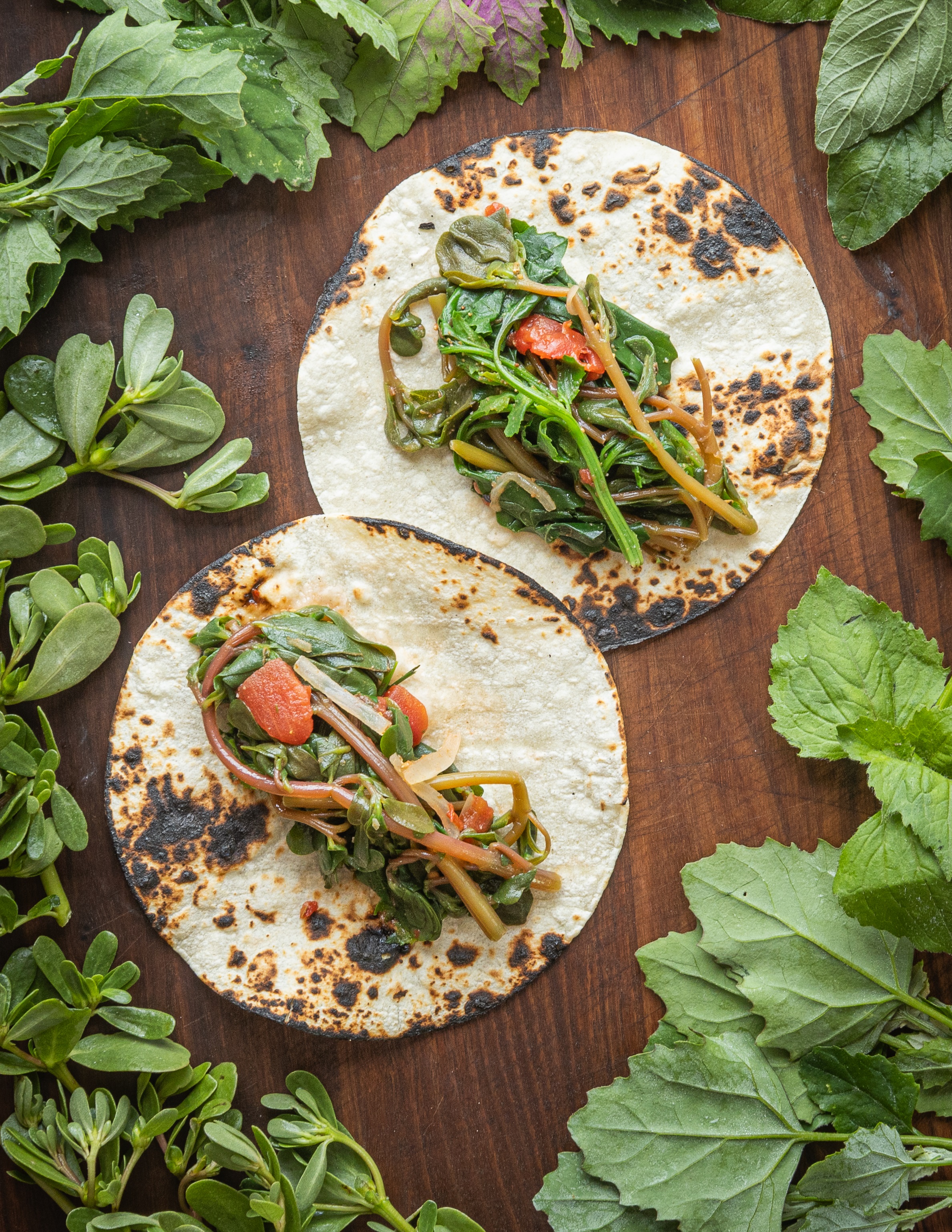
Purslane is one of hundreds of edible wild greens used in cuisine across the globe. This traditional Mexican recipe creates a guisado or thick stew that makes a delicious alternative to taco meat. One taste of the rich, tender greens in a tortilla with melted cheese and you might end up planting purslane instead of pulling it.
This is a flexible “choose your own adventure” recipe, so make it your own with favorite hot sauces, salsas, etc. Let the garden and the season be your guide.
Makes about 16 small tacos and reheats like a dream. Add ground pumpkin seeds or nuts for a richer version. Read the full background of this recipe here: https://foragerchef.com/quelites-mexicanos/
INGREDIENTS
1 pound mixed greens like purslane, lambsquarters and amaranth
1 medium (5 ounce) yellow onion
2 large cloves garlic, thinly sliced
3 tablespoons cooking oil or lard Kosher salt, to taste
1 teaspoon freshly ground cumin, or to taste
1 12 ounce can whole peeled tomatoes or peeled fresh tomatoes
2 tablespoons chili powder like guajillo or ancho, or more to taste Handful of chopped fresh cilantro, or to taste
TO SERVE
Grated queso, quesadilla cheese, or a melting cheese
Corn tortillas
METHOD
1. Blanch the greens in boiling salted water until just tender, about 30-60 seconds. Drain and refresh in cold water. Squeeze the greens dry and reserve.
2. Squeeze the seeds from the peeled tomatoes, then puree.
3. In a small saucepan, heat the oil and garlic until aromatic on medium-high heat, 2-3 minutes. Add the onion, stir and cook 3 minutes more. Add the tomato puree, chili powder, cumin and greens.
4. Stir, cover, bring to a simmer and cook on low heat until the pan is nearly dry and the greens are very tender. I like them soft and nearly spreadable, which takes about 30-45 minutes. Add a splash of water if the pan gets too dry. Taste the greens for salt, heat and cumin and adjust until it tastes good to you. Stir in the cilantro.
5. To serve, heat the tortillas in a large skillet, griddle or non-stick pan. Put a pinch (1/2 oz) of cheese on each tortilla and melt, then add 2-3 tablespoons of the greens. Fold the tacos in half, cook a few minutes more to brown both sides and serve.
COOKING WITH FORAGED FOODS
Find more seasonal foraging favorites and recipes: northerngardener.org/foraging-recipes

Featured image: Harvesting self-heal.



